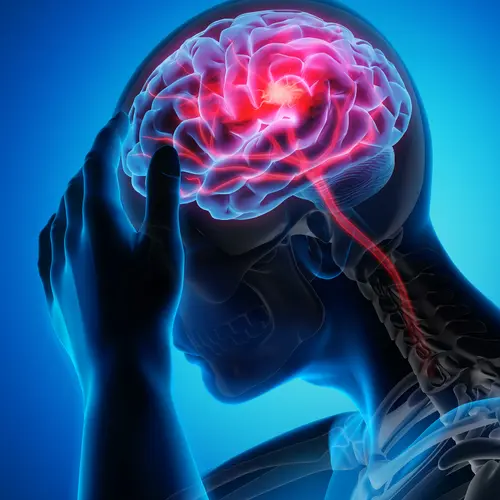With some health problems, you're fine to take a wait-and-see approach. After all, everyone gets the odd ache or pain here and there that goes away on its own. But when it comes to stroke, you don't have a second to spare.
Stroke cuts off blood flow and oxygen to the brain, and to stay healthy, your brain needs a steady supply of both. The longer it goes without them, the more brain cells die and the more damage you have. Quick treatment can save your life and prevent long-term problems.
That's why doctors came up with the F.A.S.T. system. It helps you quickly spot a stroke so you can take action.
F.A.S.T.
It's an easy way to learn the key signs of a stroke and what to do when you see them. Remember these four things that start with the letters F, A, S, and T:
Face drooping. Does the face of someone you're with look lopsided? Is it numb? Ask them to smile. Is it uneven, drooping on one side? A "yes" to any of these questions is a sign of stroke.
Arm weakness. Is one arm weak or numb? Ask the person to raise both arms in the air. If one arm drifts downward, that's another sign.
Speech difficulty. Ask the person to say something very simple. Try "The sky is blue." Can they do it? Is their speech slurred? Is it hard to understand? Again, a "yes" to any of these could mean they're having a stroke.
Time to call 911. If you see any one of these signs, make the call right away. Even if you're not totally sure or the symptoms go away, it's important to call. And make sure to say, "I think this is a stroke."
Note the time, too. When help arrives, they'll want to know when symptoms began because it affects treatment. Most strokes are caused by a clot. When that's the case, the drug that works best needs to be given within 4 1/2 hours of when it all started.
Other Warning Signs
F.A.S.T. covers the main things to look for, but they're not the only ones. You might see some other signs, too. They can happen instead of or right along with the F.A.S.T. ones. You might even see some of each.
Look for these symptoms that come on suddenly and out of the blue:
- Confusion. The person might have a hard time understanding you, or they might have trouble getting their words out.
- Problems seeing out of one or both eyes.
- Severe headache for no clear reason.
- Trouble with walking and balance. The person may feel dizzy and not have their usual coordination.
- Weakness or numbness in the face, arm, or leg, usually on one side of the body.
If you see any of these signs, even with no other symptoms, call 911. Don't let the person having the stroke talk you into just letting them sleep or waiting to see how it goes. It's common to feel sleepy when a stroke comes on, but there's no time to waste.
What to Do While You Wait
So you've made the call, now what? Here's how you can help:
- Stay on the phone with the 911 operator and follow their directions.
- If the person is conscious, try to get them on their side with the head supported and slightly raised.
- If the person is unconscious, check their pulse and breathing. If you need to, start CPR. The 911 operator can talk you through it, if you don't know how.
- Loosen up scarves, ties, shirt collars, and any other clothing that could get in the way of breathing.
- Make sure the front door is unlocked. The 911 operator may even suggest you open it so there are no delays.
- Keep the person company and try to stay relaxed. It's likely they're scared and your steady presence can be a big help.
And here are some things to avoid:
- Don't drive the person to the hospital yourself. When the ambulance shows up, they'll start treatment right away and let the hospital know to get ready.
- Don't give the person anything to eat or drink. They might choke on it.
- Don't offer the person any medicine, even aspirin.

